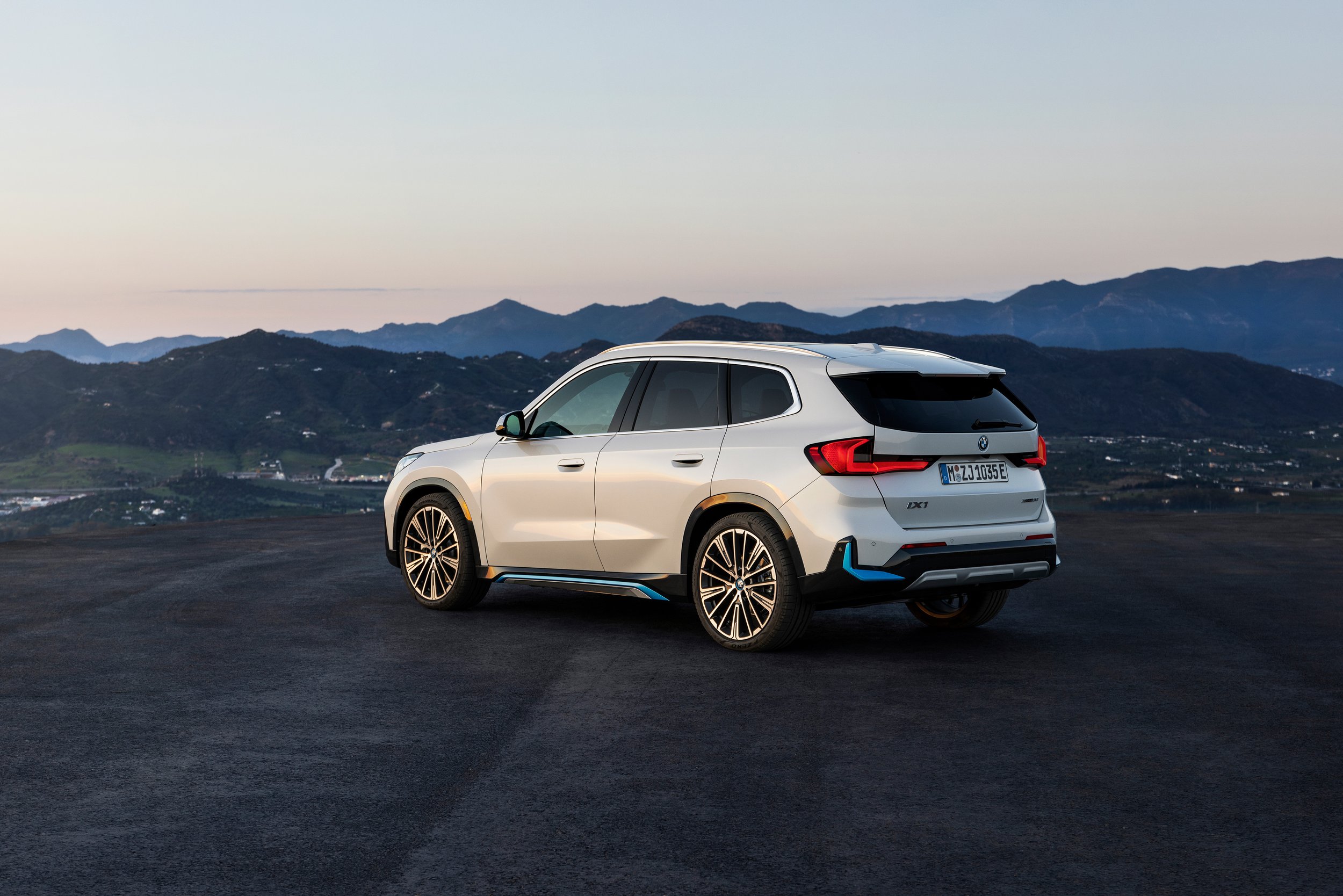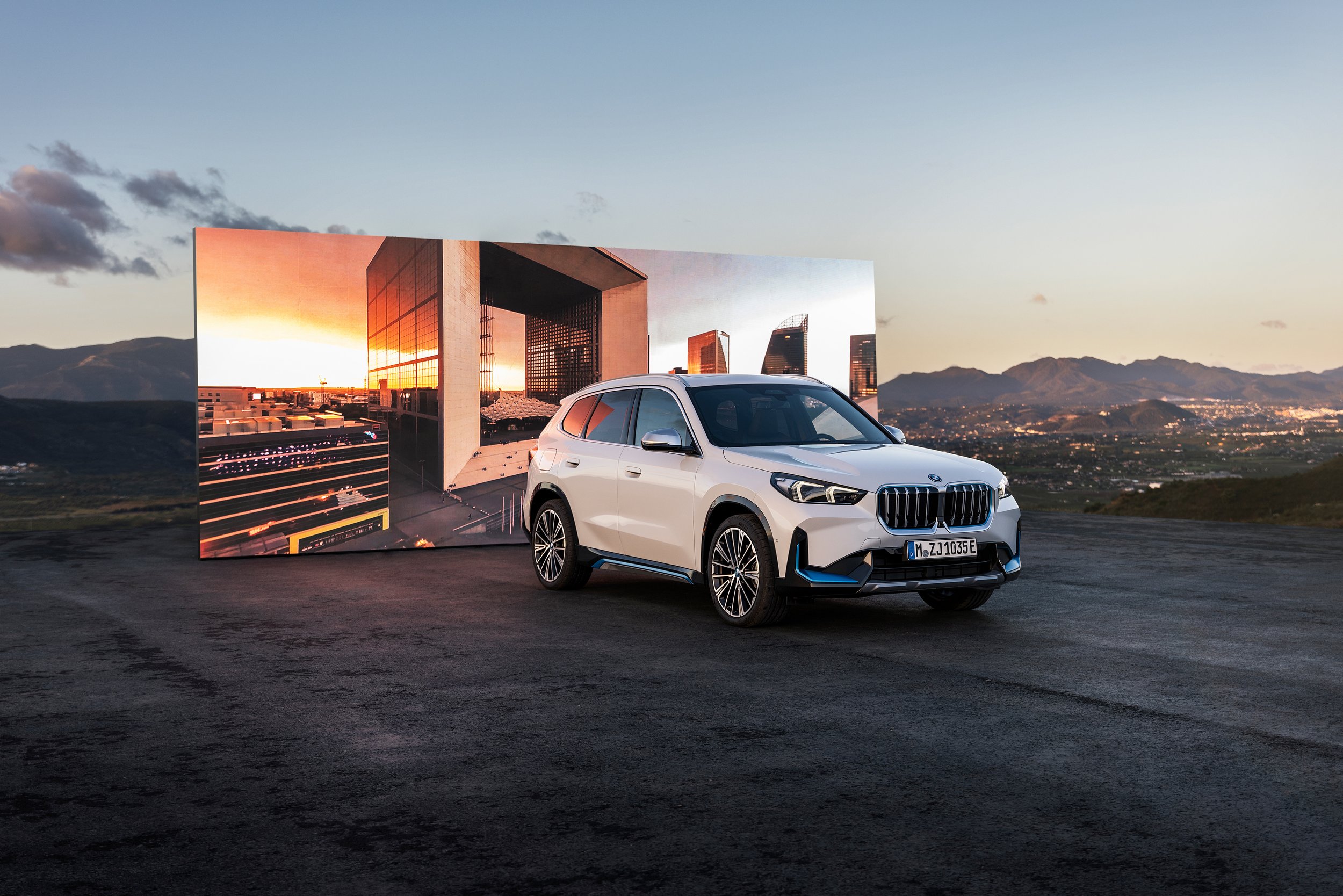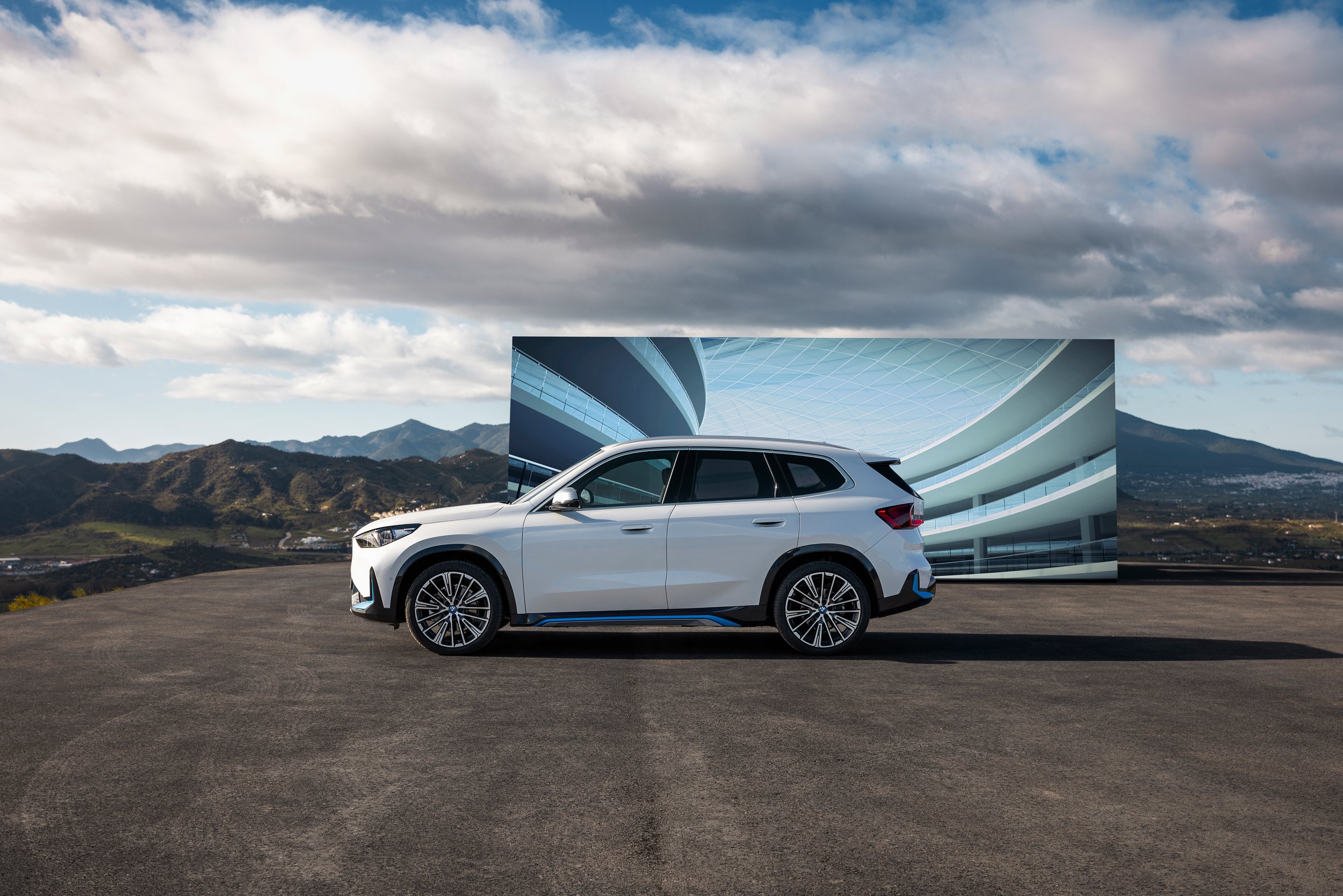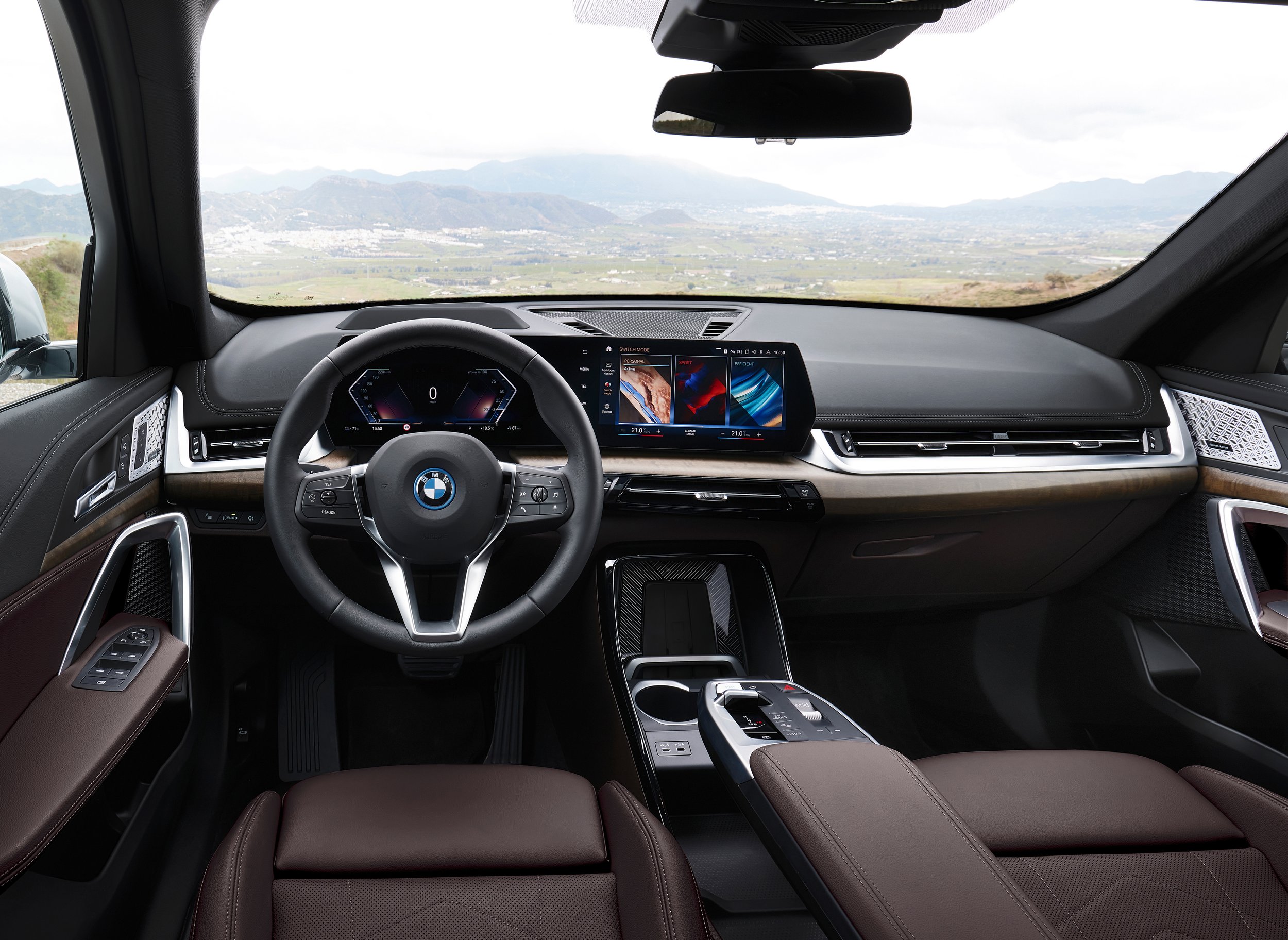BMW’s new baby electric big on fizz
/New battery-dedicated X1 maintains sports activity look and feel with effervescent edge.
AN heir apparent to the landmark i3 hatchback, in probable price if not look, will come on sale early next year.
The iX1 xDrive30 is a fully electric version – the first from Munich – of the iX small sports utility, now in its third generation.
Like the just-discontinued i3 that kicked off BMW’s fully electric onslaught a decade ago, the impending variant is city-friendly in size, but heads in a new direction by having much more of a sporting edge.
The xDrive30 packs dual dual electric motors developing 200kW and 494Nm in standard driving, with a further 30kW available in 'boost' power mode (for 230kW total).
It's the quickest X1 across the 0-100kmh sector in the launch range, unveiled in Europe today, until the M35i performance model arrives around mid-2023. BMW cites a 5.7 second time. Top speed is limited to 180kmh.
A 64.7kWh battery laid flat in the floor delivers at least 413km and up 438km of driving range according to European WLTP testing.
DC fast charging at up to 130kW is available, good for a 10-80 percent charge in 29 minutes, or 120km of on-paper claimed range after 10 minutes of charging. AC home charging can be achieved in six and a half.
While BMW NZ has confirmed the xDrive30 as a starter, it has said nothing about the potential of adding two plug-in hybrids – a 180kW/477Nm xDrive25e and 240kW/477Nm xDrive30e – that will offer in Europe. These pack a 1.5-litre three-cylinder engine and a 14.2kWh battery pack and run all-wheel-drive and a dual-clutch transmission.
Both are capable of up to 89km of electric driving range, and 0-100kmh sprint times as low as 5.7 seconds with a full battery. Maximum charging power peaks at 7.4kW AC.
The electric X1 is preceded, by up to six months, by a front-drive petrol edition, the sDrive18i, which has the 1.5-litre in turbocharged form, mated to a seven-speed dual-clutch automatic gearbox . The cited output of this derivative, shared with Australia, is 115kW and 230Nm.
BMW NZ is steering clear of the xDrive20i version going to our neighbour. This runs a 2.0-litre turbo petrol four-cylinder making 150kW and 300Nm. It’s all-wheel-drive and runs that seven-speed dual-clutch auto.





The X1 draws styling from the 2 Series Active Tourer hatch and the iX1 gains blue accents, ‘I’ badging and a unique rear bumper to differentiate itself from the fossil-fuelled car.
A full suite of advanced safety technology is promised, including a Level 2 semi-autonomous driving system combining adaptive cruise control and lane-following assist to accelerate, brake and centre the car within its lane.
Autonomous emergency braking has pedestrian/cyclist detection and intersection support, blind-spot monitoring, rear cross-traffic alert, traffic sign recognition, front and rear parking sensors, automatic parking, and a 360-degree camera.
It’s another BMW to take the latest twin-screen dashboard, with a 10.25-inch instrument display and a 10.7-inch touchscreen integrated into a curved panel. This runs the same iDrive 8 software as the iX. The centre screen facilitates augmented-reality satellite navigation and there’s a 'Hey BMW' activated voice assistant and 5G connectivity, with over-the-air updates. Wireless Apple CarPlay and Android Auto feature.
This is another BMW to make do without a gear lever – it’s replaced by a switch-style 'shift-by-wire' gear selector – but also absent is the rotary iDrive controller found in larger Munich product.
At 4500mm long, 1845mm wide and 1642mm tall and riding on a 2692mm wheelbase, the new line is 53mm longer overall, 24mm wide, 44mm taller and 22mm longer in wheelbase. Track widths are up 31mm.
Boot space increases by 35 litres to 540 litres in the petrol car, increasing to 1600 litres with the seats folded. The electric has less, at 490 litres with the seats up, 1495L seats down.

















